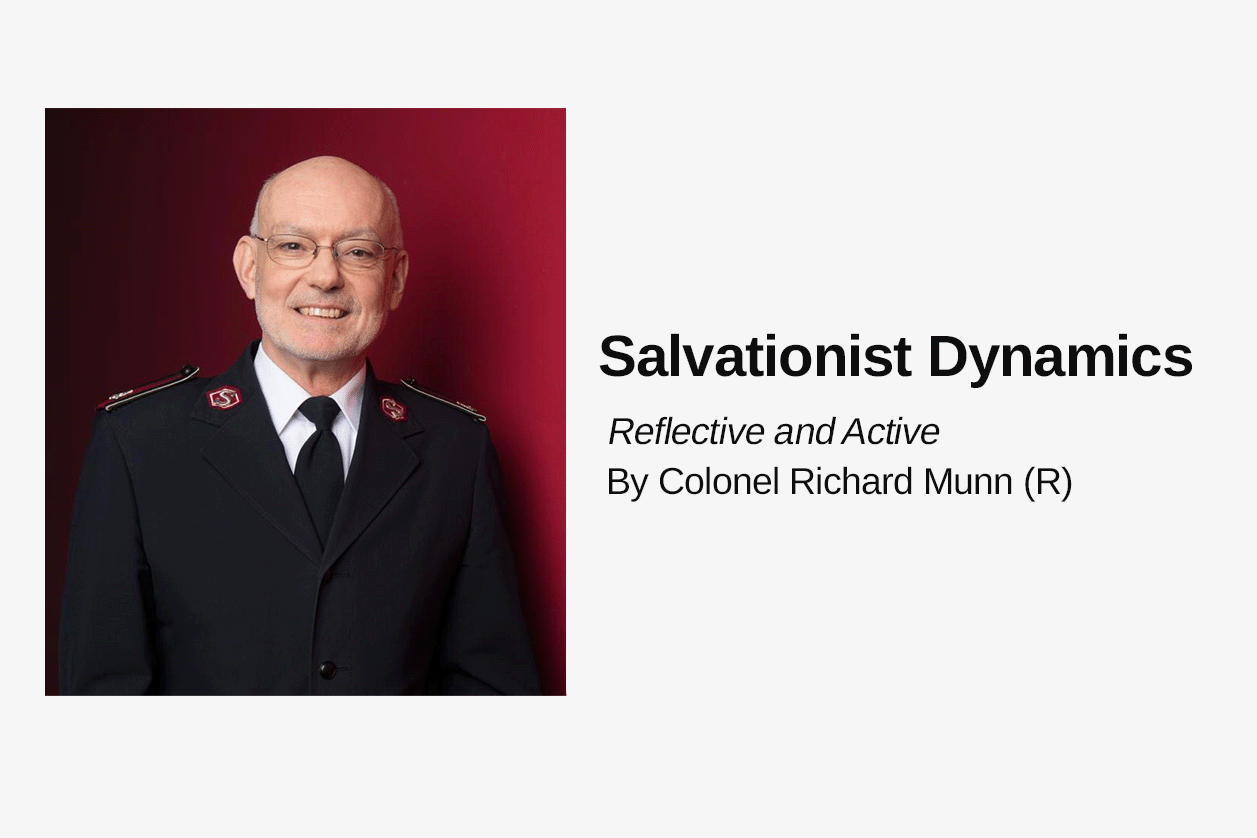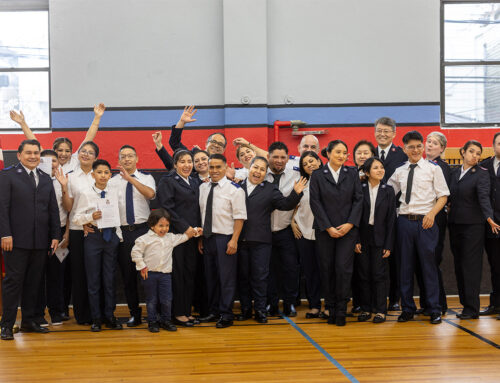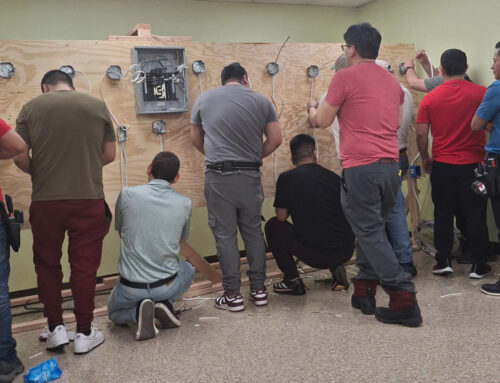
Salvationist Dynamics: Part 3
by Colonel Richard Munn
This 10-part series explores tried and trusted “pleasant tensions” matched together in The Salvation Army. Far from being feared or avoided, they give us dynamism: Salvationist dynamics.
Part 3: Reflective and Active
The Salvation Army is rightfully recognized around the world as a movement that pragmatically gets the job done. Epitomized in the early admonition of the founder, William Booth, to “do something” about the plight of the homeless in Victorian London, The Salvation Army is frequently described in subsequent decades as “Christianity with its sleeves rolled up.”
Good stuff.
And yet simultaneously the pioneers of our Army were equally committed, it seems, to quite profound contemplation, reflection, and mystery. In her 2010 book Other Voices, author Christine Faragher convincingly demonstrates “the importance to our spiritual development of disciplines such as prayer, silence, solitude and study.”
The model, of course, is Jesus, who swept into Galilee, and yet also “often withdrew to lonely places and prayed.” A characteristic hallmark of the Army at its best will hold those two energies in dynamic tension.
Stirring stuff.
And so we have retreats and campaigns, meditations and marches, prayer rooms and kettles, and spiritual life development and social service departments. Theologically, we have a connection with the quiet Quakers as well as the rowdy revivalists.
Episcopalian priest Morton Kelsey understood the vitality of this inseparable tension and observed early in his parochial ministry that “When I spoke of even the slightest encounter with God, others showed an interest that carried over into action.”
Insightful stuff.
The beloved Poet General, Albert Orsborn, expresses it well:
In the secret of Thy presence,
Where the pure in heart may dwell,
Are the springs of sacred service
And a power that none can tell.
Talk about reflection! Talk about action!




